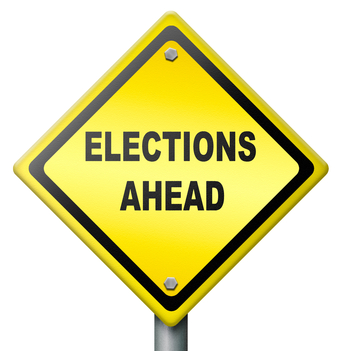
As the 2016 Presidential election approaches, political digital marketing firms across the country are getting prepared—scrambling to aggregate data on potential voters through tactics both familiar and arcane. Direct marketing, a digression from traditional brand marketing, aims to microtarget the individual by interpreting analytical data from a variety of sources. The Internet has made collecting this personal information easier than ever, and these proprietary algorithms the most powerful weapons on the political battlefield.
If this sounds like an invasion of privacy, don’t worry: it’s all perfectly legal. Still, this doesn’t mean that most people are comfortable with their collective online behavior being interpreted for political gain. According to a 2012 University of Pennsylvania study, 64 percent of American voters rejected tailored advertising by political candidates. But that’s exactly what’s happening.
In fact, Obama’s 2008 campaign was one of the first political initiatives to implement hundreds of new data points into an organized strategy—much of which is still used today by private firms for politicians on both the left and right.
Obama’s team of 50 staffers included social scientists who ditched old school phone polling tactics, and instead attempted to break down segments of demographics with hundreds of new data points. Some political information like voter registration is pubic record, and breaking that information down by race or gender has been happening for years. However, collecting online behavior by analyzing social media, reviewing credit scores, and interpreting membership to organizations like Planned Parenthood and the NRA is a relatively new practice. Each data point helps identify individuals on a range of topics from abortion to taxation.
With this compiled information, marketing firms are able to break a population down into its smallest parts, providing specific messaging to people most receptive to that particular sound bite. Additionally, political groups have reallocated billions of dollars into unconventional channels of communication and advertising.
According to Chauncey McLean, who worked on the Obama campaign in 2012, Mitt Romney spent eight times more on prime time television advertising than Obama. That’s because Obama’s team cross-referenced the names of campaign targets with data compiled by a company named Rentrak, which has access to millions of cable boxes. Obama’s team found obscure time slots on channels other than CNN or the nightly news. The result was a direct marketing success, and by 2016 the practice is predicted to be commonplace.
Is this good news for voters? On the one hand, this kind of specialized messaging can deliver voters the information they want or would otherwise seek out independently. On the other hand, targeted messaging may homogenize a belief system instead of delivering a debate, which is, after all, the point of a political election.
There’s still a great deal of secrecy shrouding the means by which these technology firms are able to gather and assimilate this information into private algorithms. Perhaps, by illuminating this process, we can allow voters to decide for themselves whether they want to be profiled by their political candidates.